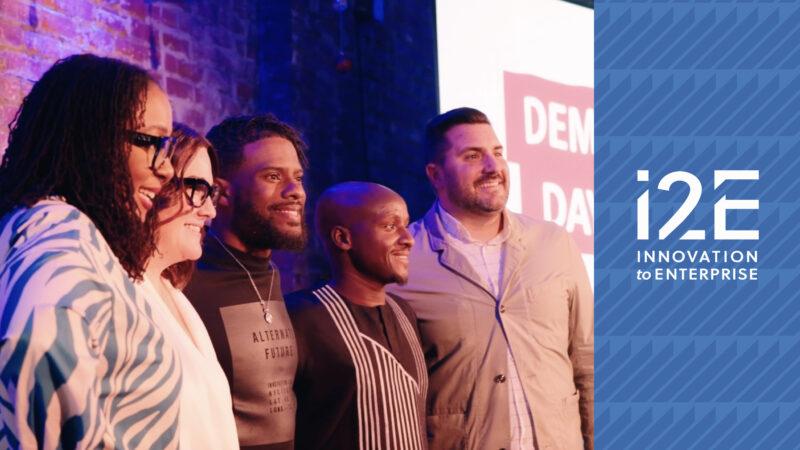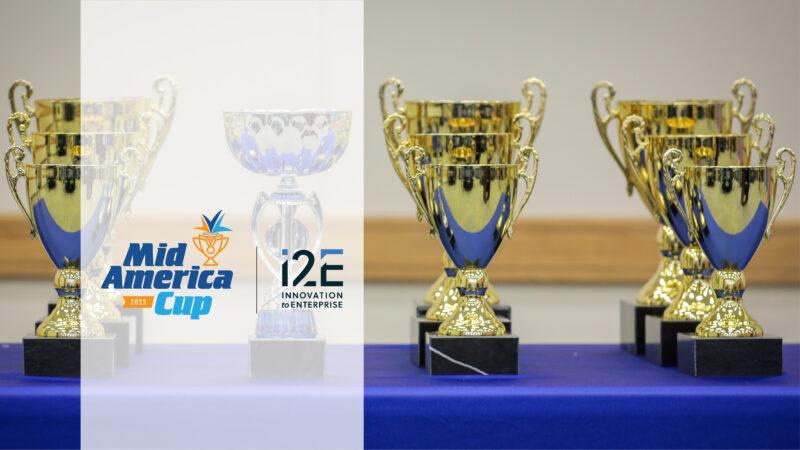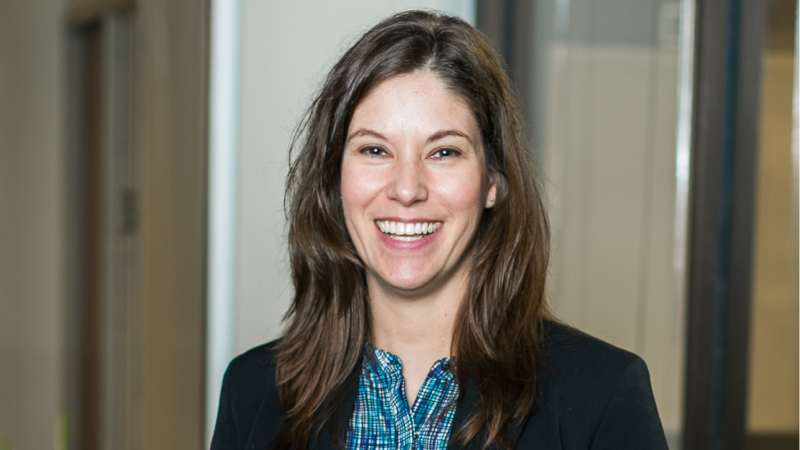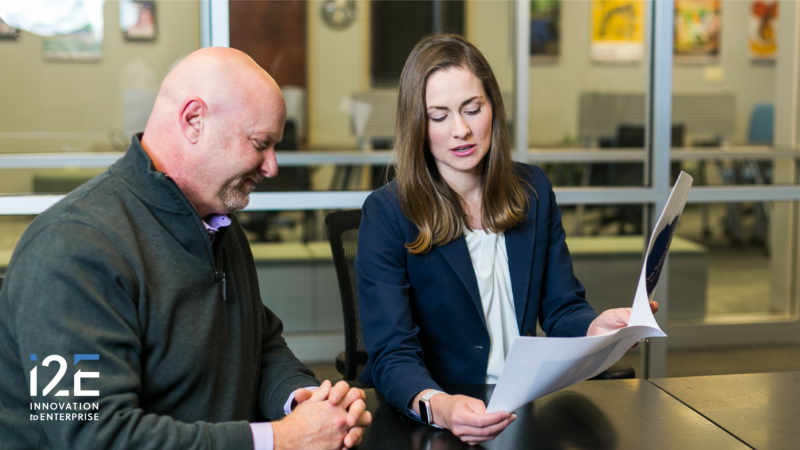By Scott Meacham
Copyright © 2017, The Oklahoma Publishing Co.
Does anyone in your life suffer from hearing loss?
In the U.S., hearing loss impacts the daily lives of 48 million people from young to old — in classrooms, in conversation, in business and social settings, even at home as they watch a football game or the news.
Imagine the impact if there was a pill that could prevent hearing loss and regenerate the nerve endings inside the ear to restore hearing to people whose hearing has already declined.
Such a therapy is moving toward clinical testing at Otologic Pharmaceutics, a spinout of technology from the Hough Ear Institute and Oklahoma Medical Research Foundation.
Otologic Pharmaceutics is out to prevent and reverse neural hearing loss. The two biggest causes of this condition (also known as nerve deafness) are aging and noise, which destroy the sensory hair cells and the nerve endings in the ear.
At age 65, about one in three people has a hearing loss, which may not be much of a surprise. However, a recent study by the U.S. Centers for Disease Control states that about 10 percent of the entire millennial generation suffers from hearing loss. This damage may not show up until later, but it’s happening today. The common culprits are everywhere: earbuds, loud music, concerts and TV, leaf blowers and lawn mowers, construction noise, and, for those in the military, explosions.
“We call the pill we are working on the bomb-blast pill,” said Dr. Richard Kopke, CEO of Hough Ear Institute and chief medical officer of Otologics. “In the military, blast injuries, which produce ringing in the ear and sound when there is nothing producing sound, are very common. It was a serendipitous discovery that as we were testing the pill as a therapy to prevent hearing damage, we discovered that it actually regrew the nerve endings that connect the inner ear to the brain, restoring hearing.”
Otologics is also testing its hearing loss prevention therapy in cancer treatments that involve cisplatin, a drug that is effective against multiple types of cancer but causes hearing loss in a significant percentage of patients. About 700,000 people a year are treated with cisplatin.
“We look at the ear and inner ear all day long,” Kopke said. “It takes your breath away, the beauty of the design. I started working in this field in 1996, for the majority of that time, up until about four years ago, I would have said that auditory hair cell regeneration with auditory restoration was impossible. When we saw hair cells coming back and hearing coming back, and we could reproduce it, it was jaw dropping for us.”
It is jaw dropping to think that a technology discovered and commercialized here in Oklahoma has the potential to improve the lives of so many millions of people.
This is what an innovation economy is all about.
Scott Meacham is president and CEO of i2E Inc., a nonprofit corporation that mentors many of the state’s technology-based startup companies. i2E receives state support from the Oklahoma Center for the Advancement of Science and Technology and is an integral part of Oklahoma’s Innovation Model. Email Meacham at [email protected].
Read the article at newsok.com








